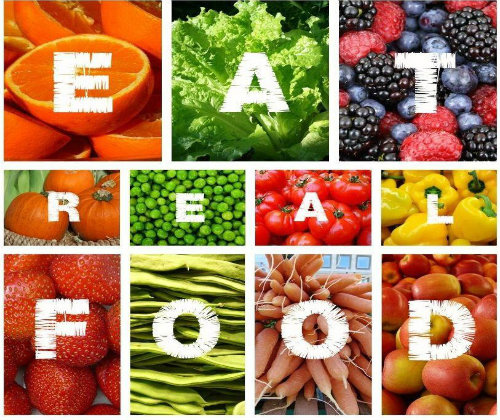Purium Super Amino 23
100% Vegetarian
Vegan Friendly
Superior for Athletes

Super Amino 23 is pre-digested 100% vegetarian and vegan protein that has been featured in the Physician`s Desk Reference* and is comprised of non-soy legumes.
Benefits:
Aids in normalizing protein synthesis
Assists with the stabilization or recovery of muscle strength, endurance, and volume
Helps keep body tissues firm
Helps minimize body fat
May support a weight loss regimen
Interesting Facts:
Super Amino 23 is PREDIGESTED protein and it is 400% to 500% more nutritionally effective than isolates from whey casein and safer than soy. “Pre-digested” means Super Amino 23 does not enter the intestines and is absorbed into the lymph system; thus, Super Amino 23 produces no fecal residue. Because it is pre-digested, it is available to the body within 23 minutes of ingestion.
Super Amino 23 has 99% NNU or Net Nitrogen Utilization, which is why there is no burden on your kidneys or liver like other proteins. This is because the liver and kidneys do not have to clear catabolic waste that comes with the digestion of common dietary protein.
Super Amino 23 has over 30 clinical studies published on its uses and is listed in the Physician`s Desk Reference.
Super Amino 23 is protected by 27 international patents and available in North America. (US Patent no. 5,132,113)
There have been 8 years of field trials on the Super Amino 23
18 years clinical trials: Super Amino 23 was first used for patients with stomach removed because of cancer. Then, elderly patients were given it for nutrition and recovery of lean tissue. Now, the terminally ill are also given Super Amino 23 to improve their quality of life.
Medical doctors use Super Amino 23 to maximize protein utilization and minimize the negative effects of protein diets.
Olympic athletes and fitness buffs around the world use the Super Amino 23.
Super Amino 23 is also used by the Vatican (through its Caritas Foundation) to treat malnutrition & the effects of starvation in developing countries.
Super Amino 23 is an all-natural way to build muscle mass, it also maximizes strength & endurance, minimizes body fat, and reduces recovery time.
The Super Amino 23 formulation can be used for different purposes; as nutrition for people who need more and better protein, as part of a weight control program, for strength building, and as a muscle mass enhancement.






